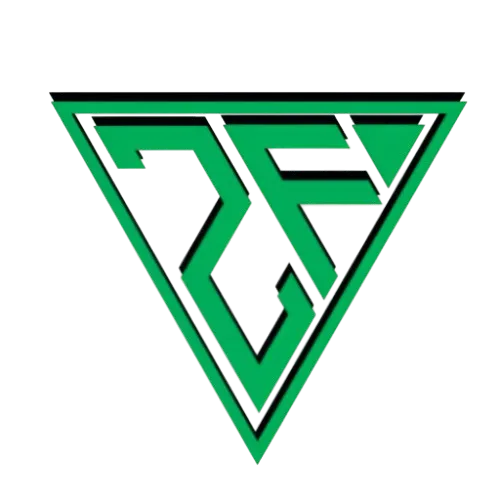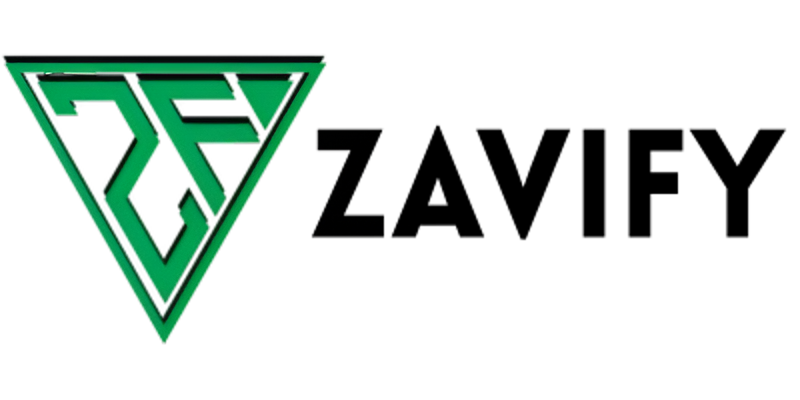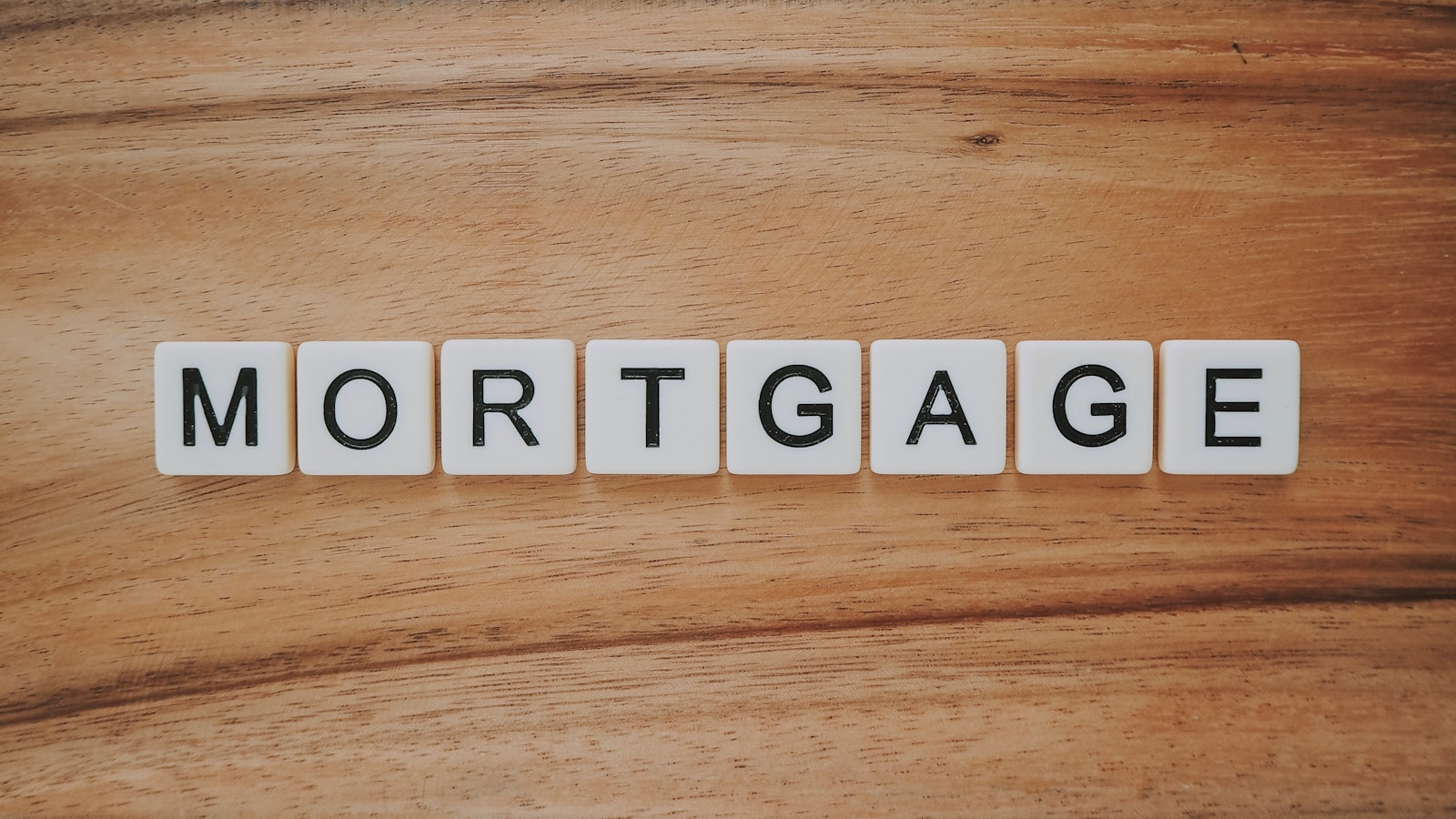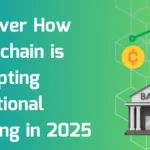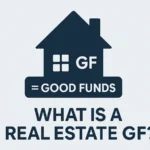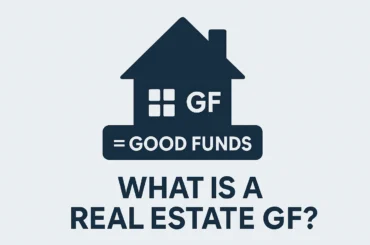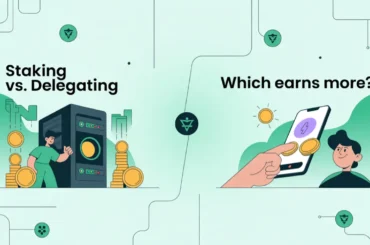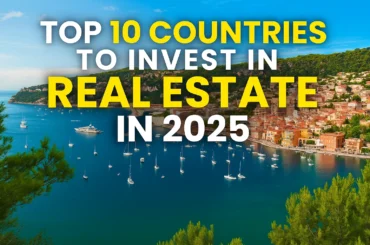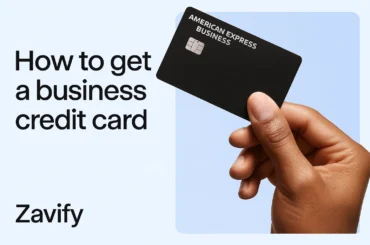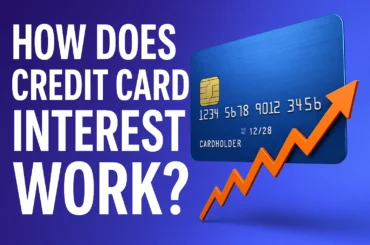Sarah was a graphic designer who had been freelancing for almost ten years when I met her. I will never forget that day. She was skilled, motivated, and had a lot of clients. But she ran into a wall when it came time to buy her first house. Her tax returns, which had a lot of deductions that self-employed people usually take did not show how much money she really made. Common lenders kept saying no to her. That is when I told her about non-QM loans, and everything changed.
A Lifeline for Unconventional Debtors
Home loans that don’t meet the strict requirements set by government-sponsored organisations like Freddie Mac or Fannie Mae are known as non-qualified mortgages, or non-QM loans. For those whose financial situations don’t neatly fit the typical mortgage checklist, these loans are a blessing. They are ideal, in my opinion, for independent contractors, real estate investors, and people who have experienced credit setbacks but are now on stable ground.
The flexibility of non-QM loans is what sets them apart. Lenders may accept 12 to 24 months’ worth of bank statements, profit and loss statements, or even the cash flow from an investment property in lieu of W-2 forms or tax returns. For borrowers who are creditworthy but don’t fit the conventional mould, this strategy opens doors.
How Non-QM Loans Stack Up Against Conventional Loans
Non-QM loans are assessed in the same way as conventional loans, lending some insight to that classification. Traditional mortgages follow a set of rules rigorously defined under organizations such as Fannie Mae and the Consumer Financial Protection Bureau(CFPB). Such rules account for restrictions on loan terms, methods for certain income verification, and a debt-to-income ratio no more than 43%. Non-QM loans, however, are those that operate outside the purview of these restrictions; they allow more flexibility but are generally higher-priced.

Here’s a quick comparison to make things clear:
| Feature | Conventional Loans | Non-QM Loans |
|---|---|---|
| Income Verification | W-2, tax returns | Bank statements, assets |
| Debt to Income Ratio | Typically ≤43% | Can be higher |
| Credit Score | Usually ≥620 | More flexible |
| Advance Payment | As low as 3% | Often higher |
| Interest Rates | Generally lower | Generally higher |
They offer greater flexibility but usually at higher costs in either the form of higher interest rates or larger down-payments. The trade-off is always between affordability and opportunity, and they, in my experience, weigh these factors very carefully.
Sarah’s Success Story
Let’s get back to the story of Sarah. We looked into a bank statement loan, which is a common type of non-QM loan, after we found out that a regular loan wasn’t an option. She was able to use 12 months of bank statements to show her income, which showed that her freelance clients were making regular deposits. The lender took the average of her monthly deposits to figure out if she qualified for a loan. Within a few weeks, she was approved for a loan with a fair interest rate. At the closing table, Sarah couldn’t stop smiling because she had just bought her dream home: a cosy two-bedroom in a lively neighbourhood. One of those times that makes me remember why I love what I do was when I helped her through that.
Types of Non-QM Loans
There are several types of non-QM loans, each suited to a particular borrower’s requirements. I’ve worked with the following people a lot:
- Bank Statement Loans: These loans, which eliminate the need for tax returns by using bank statements to confirm income, are perfect for self-employed borrowers like Sarah. For independent contractors or entrepreneurs whose reported income is reduced by deductions, they are ideal.
- Asset-Based Loans: Instead of emphasizing income, these concentrate on a borrower’s assets, such as savings, investments, or retirement accounts. When their income is low but their wealth is substantial, I have witnessed high-net-worth individuals or retirees use these to obtain a mortgage.
- Debt Service Coverage Ratio (DSCR) Loans: DSCR loans, which are well-liked by real estate investors, evaluate applicants according to the cash flow produced by an investment property. The borrower’s personal income is subordinated if the rental income from the property covers the mortgage.
- Credit Event Loans: These are for borrowers who are now stable after experiencing financial setbacks such as bankruptcy or foreclosure. Interest rates may be higher, but lenders may be more forgiving of credit history.
Every kind has a distinct function, and I’ve discovered that the secret to a good result is to match the appropriate loan to the borrower’s circumstances.
Who Should Consider Non-QM Loans?
Many different types of borrowers can benefit greatly from non-QM loans. They’re particularly useful, in my experience, for:
- Self-Employed Individuals and Freelancers: The flexible income verification helps people like Sarah whose income doesn’t appear neatly on tax returns.
- Real Estate Investors: DSCR loans, which prioritize the property’s income potential over personal finances, are frequently used by those purchasing rental properties.
- High-Net-Worth Individuals: Asset-based loans are available to borrowers who have substantial assets but erratic income.
- Those with Prior Credit Problems: Non-QM loans may provide a way forward if you have previously experienced bankruptcy or foreclosure but have since stabilized your finances.
However, not everyone is a good fit for these loans. Budgets may be strained by the higher interest rates and larger down payments, so I always counsel clients to carefully consider their options. For instance, you must be certain that you can handle your payments over the long run if they are much greater than those of a traditional loan.
The Risks and Downsides
To ignore potential risks would be downright negligent. Non-QM loans frequently command higher interest rates, which can add thousands to the overall loan cost over time. For example, in 2025, depending on the lender and the borrower’s financial situation, non-QM loans are likely to carry rates a point or two above those of conventional loans, which could be anywhere between 6 and 7%. Higher down payments can be another hurdle; some lenders require 20% or even larger amounts, which can be difficult for first-time homebuyers.
The risk of defaults is another. According to a 2025 RiskSpan report [1], the delinquency rate for non-QM loans was 3.09 in March; that is greater than the post-COVID minimum of 0.85 recorded in July 2022. This means that these loans are riskier for lenders, and with that risk comes stricter terms; although not every borrower will face difficulties.
The lender is another factor to take into account. You must deal with a trustworthy lender who is open and honest about the terms of non-QM loans because they are not guaranteed by the government. I always advise reading the fine print and asking questions because I’ve witnessed clients get stung by ambiguous fees or terms.
The Non-QM Market in 2025
In 2025, the non-QM market is expanding, as I have personally witnessed in my work. More borrowers are choosing non-QM options as banks tighten their lending requirements. Non-QM loans accounted for roughly 5% of the mortgage market in 2024, according to a CoreLogic report, and industry analysts forecast that this percentage will increase in 2025 as more borrowers look for alternative home loans [2]. Additionally, according to HousingWire, banks and insurance companies are expected to participate more in 2025, diversifying the non-QM market [3].
A few factors are responsible for this growth. As more people work as contractors or freelancers, the gig economy is growing. However, some people are finding it harder to obtain conventional loans due to high interest rates, which in 2024 will average 6.72% for 30-year fixed mortgages. This void is filled by non-QM loans, which provide mortgage alternatives for independent contractors and other non-traditional borrowers.
It’s interesting to note that non-QM borrowers today are frequently less dangerous than they were in the past. According to CoreLogic’s 2024 data, non-QM borrowers demonstrated strong financial profiles with an average credit score of 776 and a loan-to-value (LTV) ratio of 75% [2]. This implies that many non-QM borrowers are still very creditworthy even though they cater to non-traditional borrowers.
Choosing the Right Non-QM Lender
Selecting the appropriate lender is essential. I always advise clients to seek out lenders with a strong track record and a focus on non-QM products. Ask for recommendations, read internet reviews, and confirm that the lender is truthful about costs, interest rates, and conditions. A reputable lender will guide you through the procedure and provide pressure-free answers to your inquiries.
I advise clients in my practice to obtain quotes from several lenders. This aids in finding the best deal by comparing terms and rates. For instance, one lender might be more accommodating but charge higher fees, while another might have a lower rate but demand a larger down payment. It all comes down to striking the ideal balance for your circumstances.
The Application Process
Although the paperwork is different, applying for a non-QM loan is comparable to applying for a conventional loan. You may be required to submit proof of assets, profit and loss statements, or bank statements in lieu of W-2s or tax returns. Data on the property’s rental income is required for DSCR loans.
I’ve discovered that planning is essential. Get your paperwork together in advance and be prepared to give a thorough explanation of your financial circumstances. Because they will know which lenders are best for your particular needs, working with an experienced mortgage broker can speed up the process.
The Evolution of Non-QM Loans
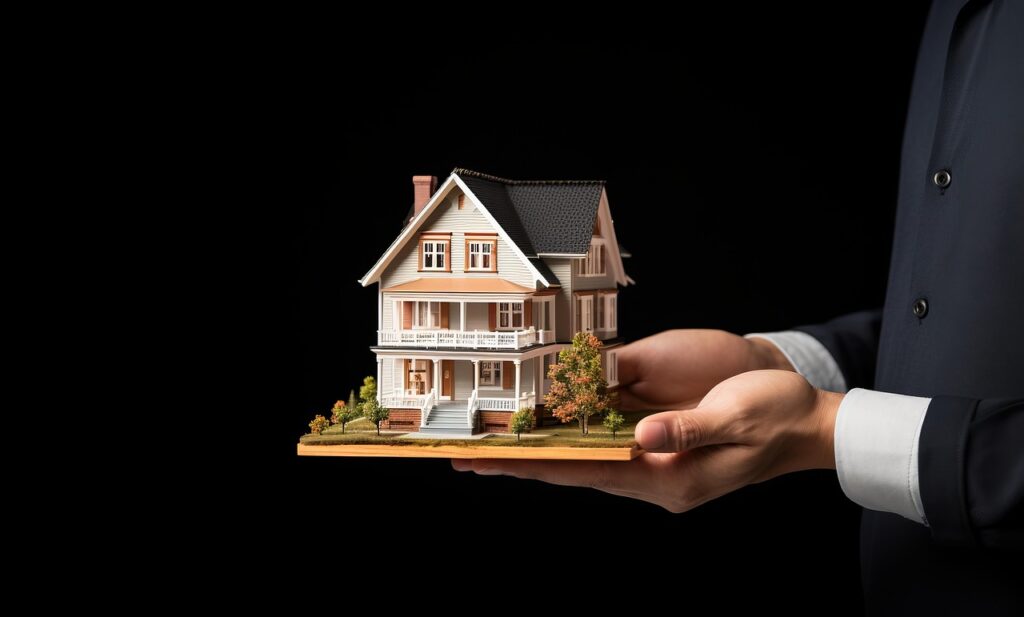
Since the 2008 financial crisis, non-QM loans have advanced significantly. They were frequently linked to hazardous subprime lending in the past. However, non-QM loans became safer after the Dodd-Frank Act brought in more stringent rules, such as the Ability-to-Repay (ATR) rule. Although they have more latitude in determining a borrower’s ability to repay, lenders must still make sure they can.
The non-QM market is more developed today. To assess borrowers more accurately, lenders employ alternative credit scoring and sophisticated data analytics. A wider range of borrowers now have non-QM loans as a viable option thanks to this evolution, and I anticipate that this trend will continue as technology advances.
Common Borrower Types for Non-QM Loans
Key Characteristics Comparison of Popular Non-QM Loans
Looking Ahead
I have high hopes for the non-QM market as 2025 progresses. The need for flexible mortgage options will only increase as the gig economy and the number of self-employed people rise. Additionally, lenders are growing more accustomed to alternative underwriting, which may eventually result in more affordable rates and conditions.
Nevertheless, borrowers should approach non-QM loans with a critical mindset. Although they are an effective tool, they are not a universally applicable solution. Spend some time analyzing your financial status, comparing lenders, and balancing the advantages and disadvantages of a non-QM loan.
FAQ
Are Non-QM Loans Safe?
As long as you can afford the payments and are aware of the terms, non-QM loans are safe. Choose a reliable lender, carefully go over all the paperwork, and make sure the loan is within your means. To prevent surprises, transparency is essential.
Can I Get a Non-QM Loan with Bad Credit?
Bad credit can still affect your eligibility or terms, but non-QM loans are more accommodating when it comes to credit scores. Although they anticipate higher interest rates, some lenders specialize in loans for borrowers with lower credit scores. Better terms can be obtained by improving your credit before applying.
Citations
[1] RiskSpan. (2025). Mounting Pressure in Non-QM Credit: What March 2025 Data Signals for Risk Managers.
[2] National Mortgage Professional. (2024). Today’s Non-QM Mortgage Landscape Is More Secure, CoreLogic Says.
[3] HousingWire. (2024). 2025 Will Be a Year of Non-QM Player Diversification.
